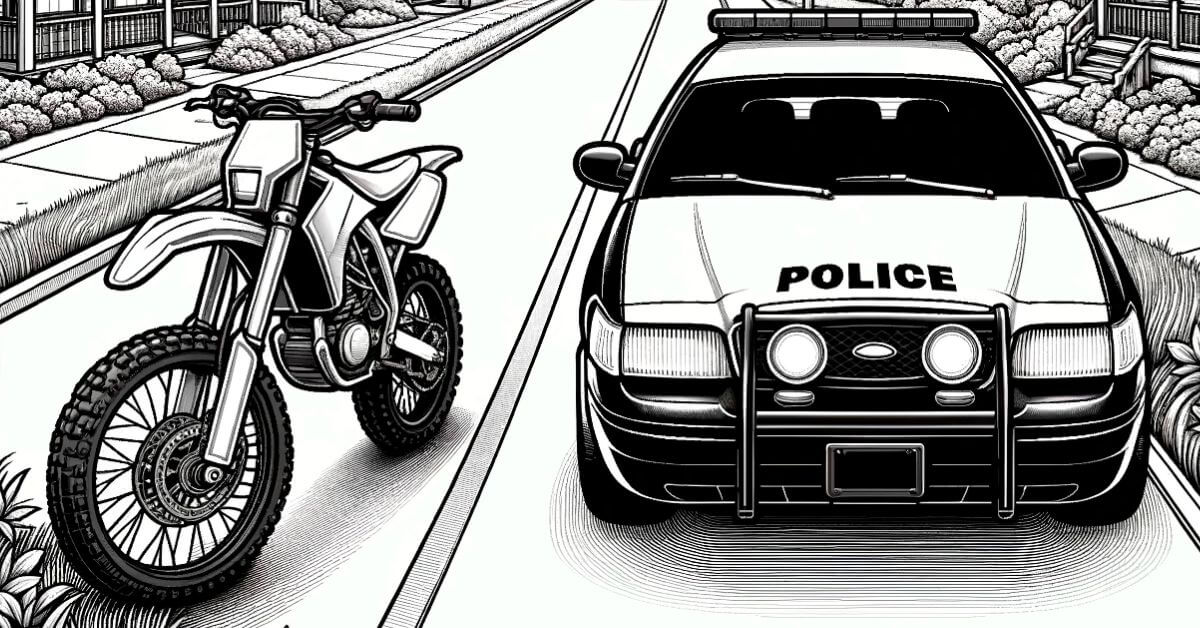Chokeholds and policing are certainly a hot topic in today’s society. Today we will be reviewing a use of force case out of the 9th Circuit that touches on chokeholds and another highly debated topic, qualified immunity. Certainly, police officers don’t often fare well with these types of cases in the 9th Circuit and today’s case is no exception. The specific topic of today’s case is the use of a neck restraint or so called “choke hold” on a suspect. Chokeholds come with a lot of complications and in many jurisdictions, they are being outlawed. So, what did the 9th Circuit have to say about it? And did qualified immunity hold up in this case?
FACTS
Tuuamalemalo attended a reggae concert at a Las Vegas nightclub with his wife and several family members. During the course of the concert officers became concerned that a large fight was likely to break out and the onsite supervisor requested that the “Homeland Saturation Team” respond to the scene to maintain order.
The club video surveillance captured a large number of officers responding to the scene and a short time later several officers addressed a member of the plaintiff’s party. The plaintiff tried to talk to the officers but was told to remain quiet. A shoving match then started between the plaintiff, his family members and the officers. The officers then began moving the plaintiff and his group out towards the lobby where the plaintiff collapsed. He was helped to his feet by several family members and continued towards the lobby.
One officer was seen on the surveillance tape grabbing the plaintiff from behind and punching him in the face. Five officers then took the plaintiff to the ground and one officer administered a “Lateral Vascular Neck Restraint”. The plaintiff remained unconscious for several minutes before he was finally revived.
The plaintiff was arrested for disorderly conduct, resisting arrest, malicious destruction of property and provoking a breach of peace. All charges were ultimately dismissed, and the plaintiff filed suit alleging federal and state tort claims. Following discovery, the defendant officers claimed they were entitled to qualified immunity on the federal claims and state discretionary immunity on the state law claims. The trial court granted summary judgment for all of the defendant officers with the exception of the officer who applied the lateral neck restraint. The officer filed this appeal.
COURT FINDINGS
Before we look at the court’s ruling in this case, it is important to remember that the defendant officers have filed a Summary Judgment motion claiming they are entitled to Qualified Immunity. Under these circumstances, the court reviews the facts “in the light most favorable to the plaintiff – Tuuamalemalo.” Certainly, if the case goes to trial the jury may determine facts differently once all the evidence is presented.
When reviewing the availability of Qualified Immunity, the courts ask two basic questions: (1) did the act rise to the level of a constitutional violation and (2) was the protection “clearly established” at the time of the incident? In this case the defendant officers agreed that his actions, taken in the light most beneficial to the plaintiff, amounted to a 4th Amendment violation.
The court then moved to question two: was the right “clearly established” at the time of the incident? Looking again at the facts most favorable to the plaintiff, the court determined that the case law in previous 9th Circuit cases “clearly established” that the officer’s actions were improper.
In a 2013 case, Barnard v. Theobald, the 9th Circuit upheld a jury verdict that awarded damages to a non-resisting and subdued plaintiff who was placed in a choke hold. The court also referred to similar cases in the 2nd, 5th and 6th circuits. Reviewing the facts in this case the court determined that:
- The plaintiff was not resisting arrest when the choke hold was applied; and
- The plaintiff was pinned to the ground and unable to provide any resistance.
The case now heads back to the trial court for trial or settlement.
TAKEAWAYS
It is important to note that while qualified immunity exists, courts will always review cases “in the light most favorable to the plaintiff”. It is checks and balances like this that keep police departments and their policies on notice and ensure that police officers are acting in a way that is lawful. Chokeholds should only be used in deadly force situations, which DLG always states in our policy development. And qualified immunity needs to exist in order to protect officers’ decision-making process and the need for them to act fast in many high anxiety scenarios. As we see in this case, qualified immunity does not always mean that an officer is untouchable. But qualified immunity does ensure that when an officer is acting lawfully and for the betterment of the community, they are protected.



